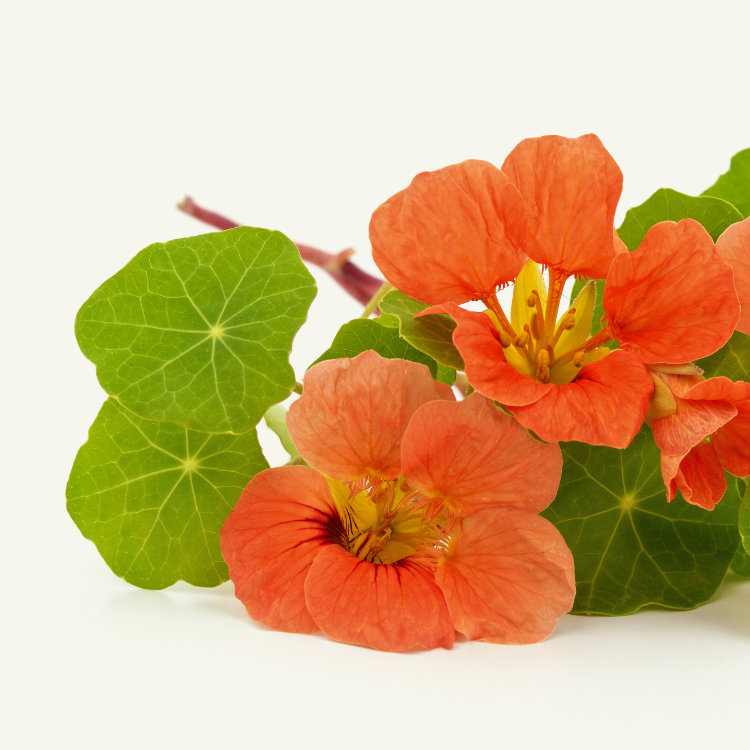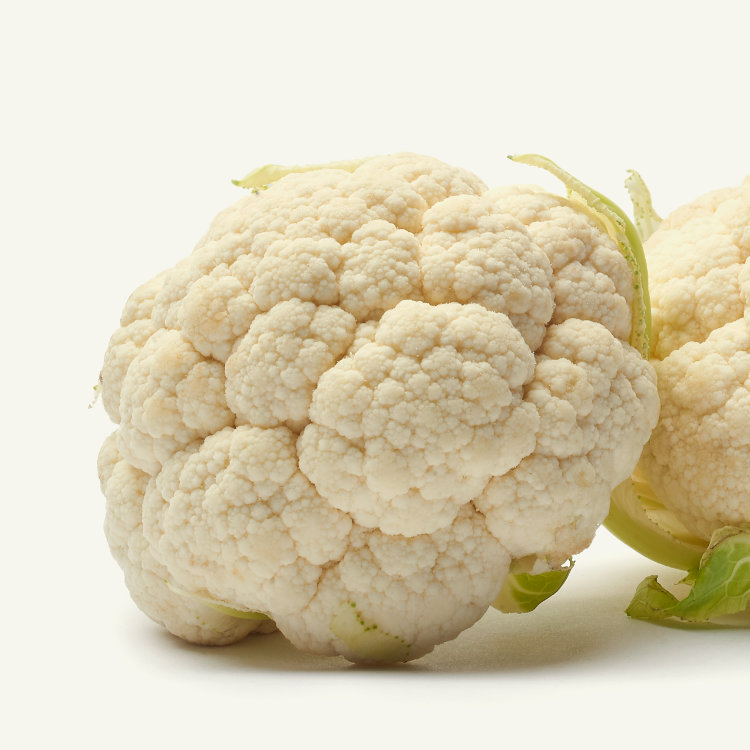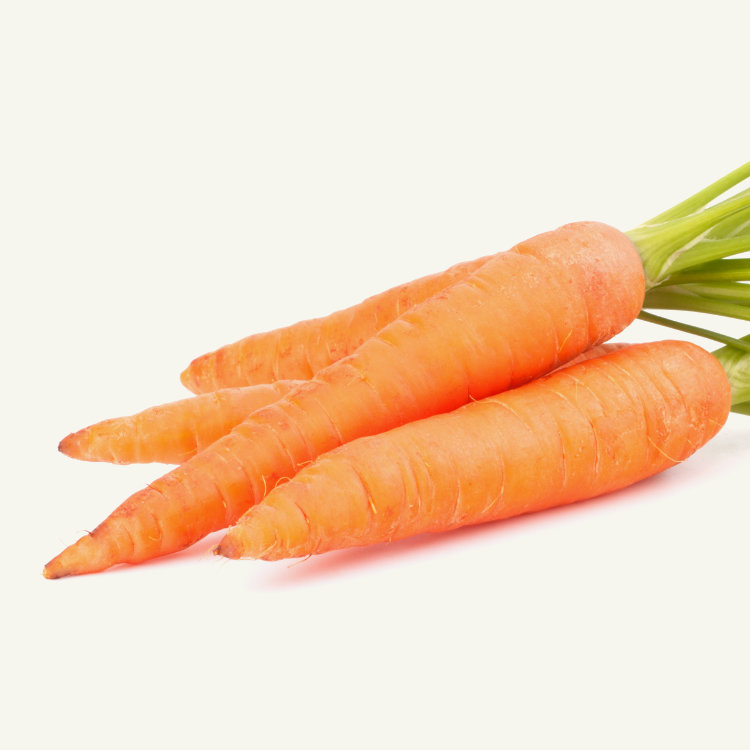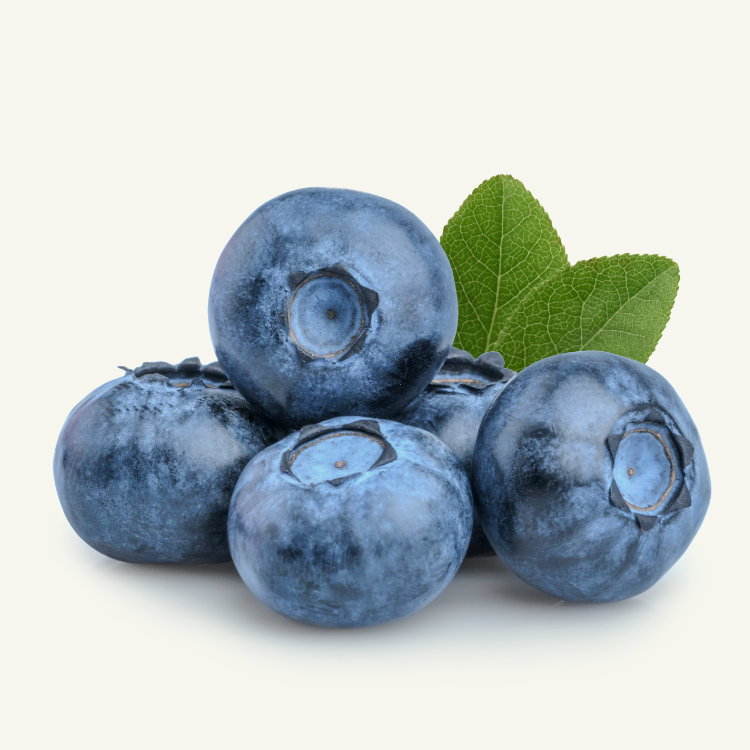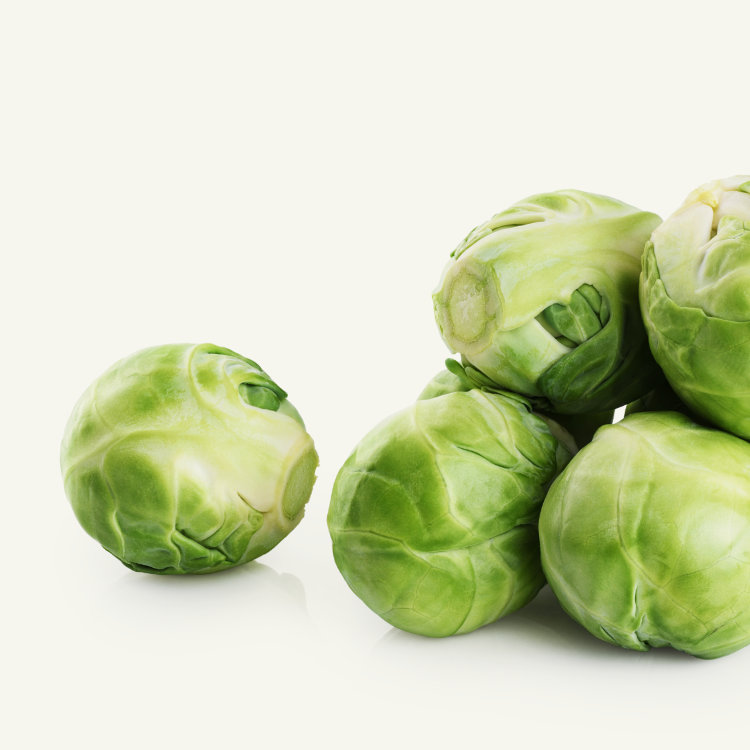Description
Tomato, Solanum lycopersicum, is an herbaceous annual or perennial vine in the family Solanaceae grown for its edible fruit. It’s native from Central and South America. Today numerous varieties are widely grown across the world. The tomato can be consumed in diverse ways, raw or cooked.
Tomatoes are referred as the most popular vegetables in the world, but botanically they are classified as fruits.
Characteristics
Plant
Type
Herb
Life
Cycle
Annual
Perennial
Plant
Height
0,7–2 m
(2,3–6,6 ft)
Plant
Spread
1,5 m
(5 ft)
Biodynamic
Group
Fruit
Plants
Hardiness
Zones
USDA 3-10
RHS H1C
You can use sucker shoots to extend your tomato production or use them to repel parasites from other plants.
Growing Conditions
Sunlight
Full Sun
Water
Moderate
Soil
Loam, clay, sand.
Fertilization
Moderate
PH
6.5 to 7.5
Culture Guide
Propagation
By seed
Deep
1 cm
(0,4 inches)
Space
60 cm
(24 inches)
between plants
Distance
80 cm
(30 inches)
between rows
Calendar
JANUARY
FEBRUARY
MARCH
APRIL
MAY
JUNE
JULY
AUGUST
SEPTEMBER
OCTOBER
NOVEMBER
DECEMBER
Unfavourable. Sow/Plant Sow/Plant/Harvest. Harvest.
Sowing, planting, and harvesting times are region and hardiness zone-dependent. Please adjust dates according to country and crop used.
To know the best times for indoor seeding, outdoor sowing, planting, and harvest, please consult our gardening calendar.
Pairs
Companion planting is an excellent method to maximise space, improve pollination, deterring pests, prevent diseases, and improve growth.
Discover what crops can you use for better results, and the ones you should avoid.
Positive
Asparagus
Basil
Borage
Celery
Carrot
Garlic
Leek
Nasturtium
Onion
Parsley
Radish
Thyme
Negative
Beet
Black Walnut
Brassicas
Corn
Garden Pea
Pepper
Potato
Rosemary
Zucchini
Pests and Diseases
Although easy to grow and very resistant to pests and diseases, tomatoes can nevertheless suffer from a range of problems, many of which are easily preventable.
Some of the most common are: aphids, whitefly, grey mould, leaf mould, mosaic disease, early blight, late blight, mole cricket, spider mites, thrips, leafminers.
Prevention and Control
Prevention and control methods depend mostly on the pests and diseases affecting your plants. Weather, soil, and the surrounding environment can also promote or demote plant problems.
For the most common issues, you can use horsetail decoction, neem oil, and Bacillus thuringiensis.
Nutrients
Energy
Carbohydrates
Water
Average nutrition values per 100 g. of edible portion.
Percentage of daily values based on a 2000 calorie diet.
Health Benefits
Tomatoes contain excellent levels of vitamin A and vitamin C. Fresh tomatoes are also very rich in potassium, an important component of cell and body fluids.
Several studies linked tomatoes to improved skin health, protection against eye conditions such as cataracts, a lower risk of heart disease and cancer.
You may also like to know more about


